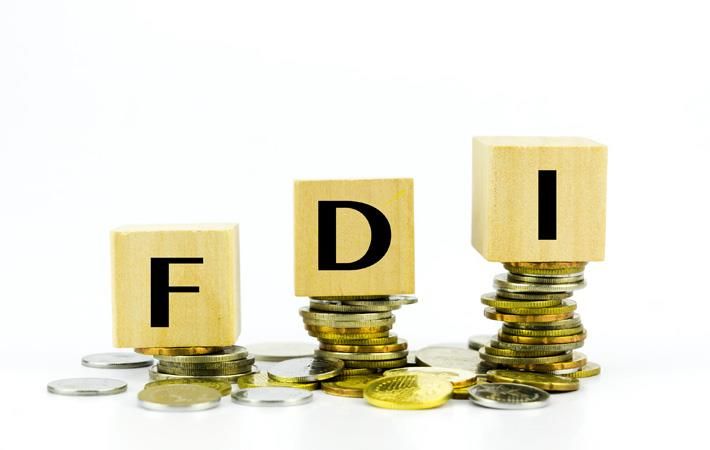India was among the top 10 recipients of foreign direct investment (FDI) in 2019, attracting $49 billion in inflows—a 16 per cent rise over the previous year figures—driving FDI growth in South Asia, according to the Global Investment Trend Monitor report released by the United Nations Conference on Trade and Development (UNCTAD) recently.
Developing economies continue to absorb more than half of global FDI flows. South Asia recorded a 10 per cent rise in FDI to $60 billion and "this growth was driven by India, with a 16 per cent increase in inflows to an estimated $49 billion. The majority went into services industries, including information technology," the report said.India was among the top 10 recipients of foreign direct investment (FDI) in 2019, attracting $49 billion in inflows-a 16 per cent rise over the previous year figures-driving FDI growth in South Asia, according to the Global Investment Trend Monitor report released by the United Nations Conference on Trade and Development (UNCTAD) recently.#
Global FDI remained flat in 2019 at $1.39 trillion, a 1 per cent decline from a revised $1.41 trillion in 2018, said the report. This is against the backdrop of weaker macroeconomic performance and policy uncertainty for investors, including trade tensions.
The FDI flows to developed countries remained at a historically low level, decreasing by a further 6 per cent to an estimated $643 billion. The FDI to the European Union (EU) fell by 15 per cent to $305 billion, while there was zero-growth of flows to United States, which received $251 billion FDI in 2019, as compared to $254 billion in 2018.
Despite this, the United States remained the largest recipient of FDI, followed by China with flows of $140 billion and Singapore with $110 billion.
China also saw zero-growth in FDI inflows. Its FDI inflows in 2018 were $139 billion and stood at $140 billion in 2019. The FDI in the United Kingdom was down 6 per cent.
Looking ahead, UNCTAD expects FDI flows to rise moderately in 2020, as current projections show the global economy to improve somewhat from its weakest performance since the global financial crisis in 2009.
Fibre2Fashion News Desk (DS)
